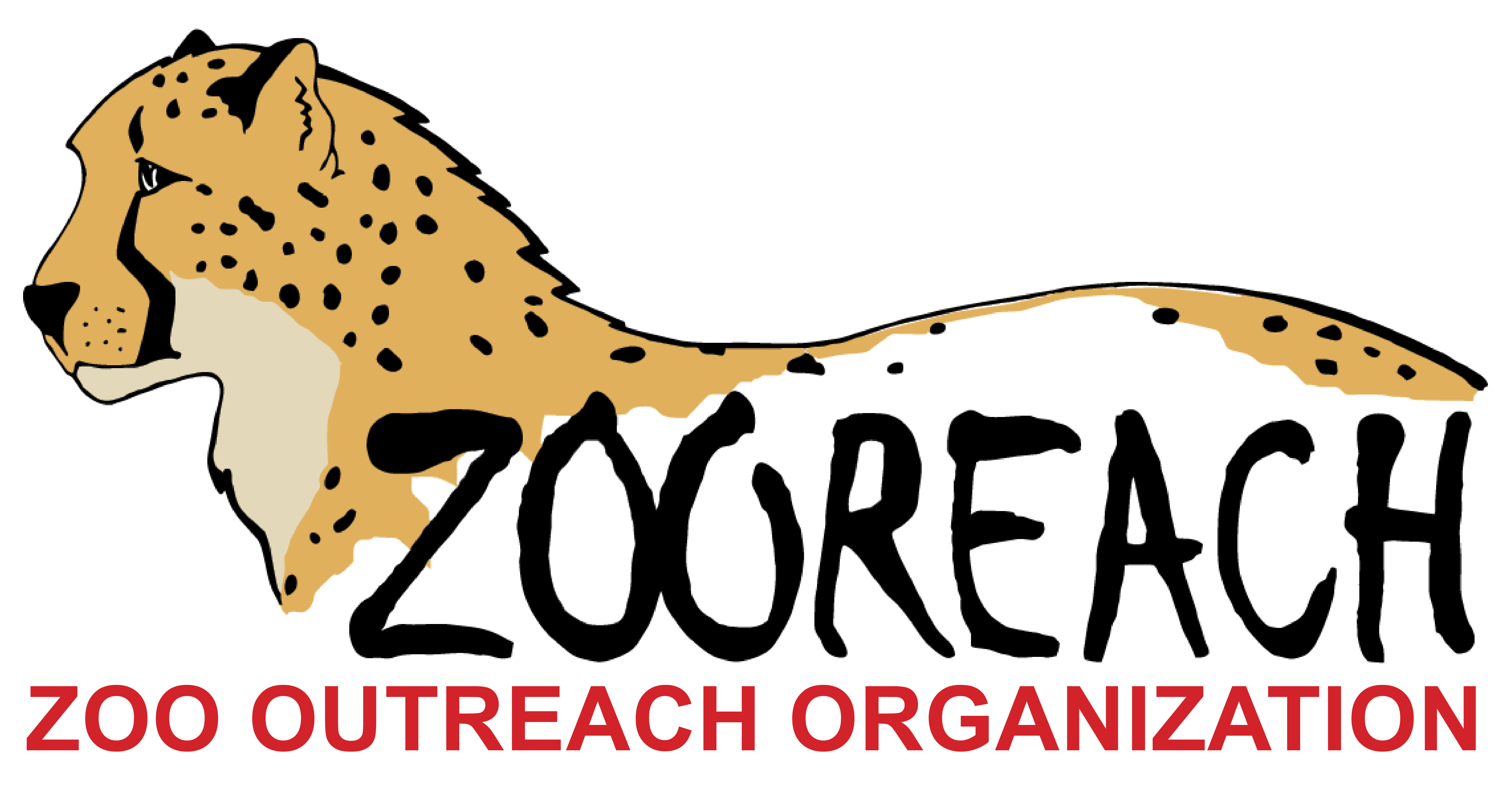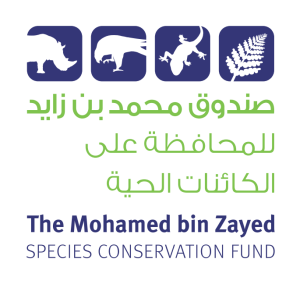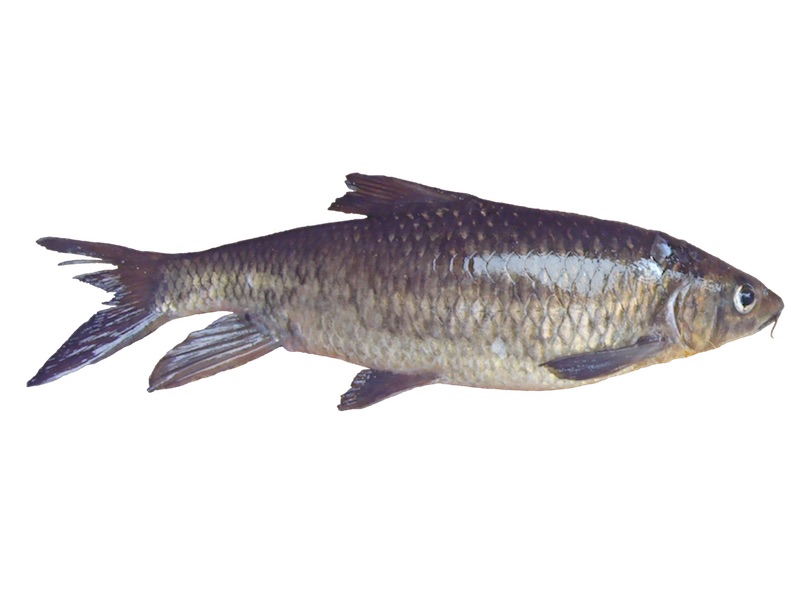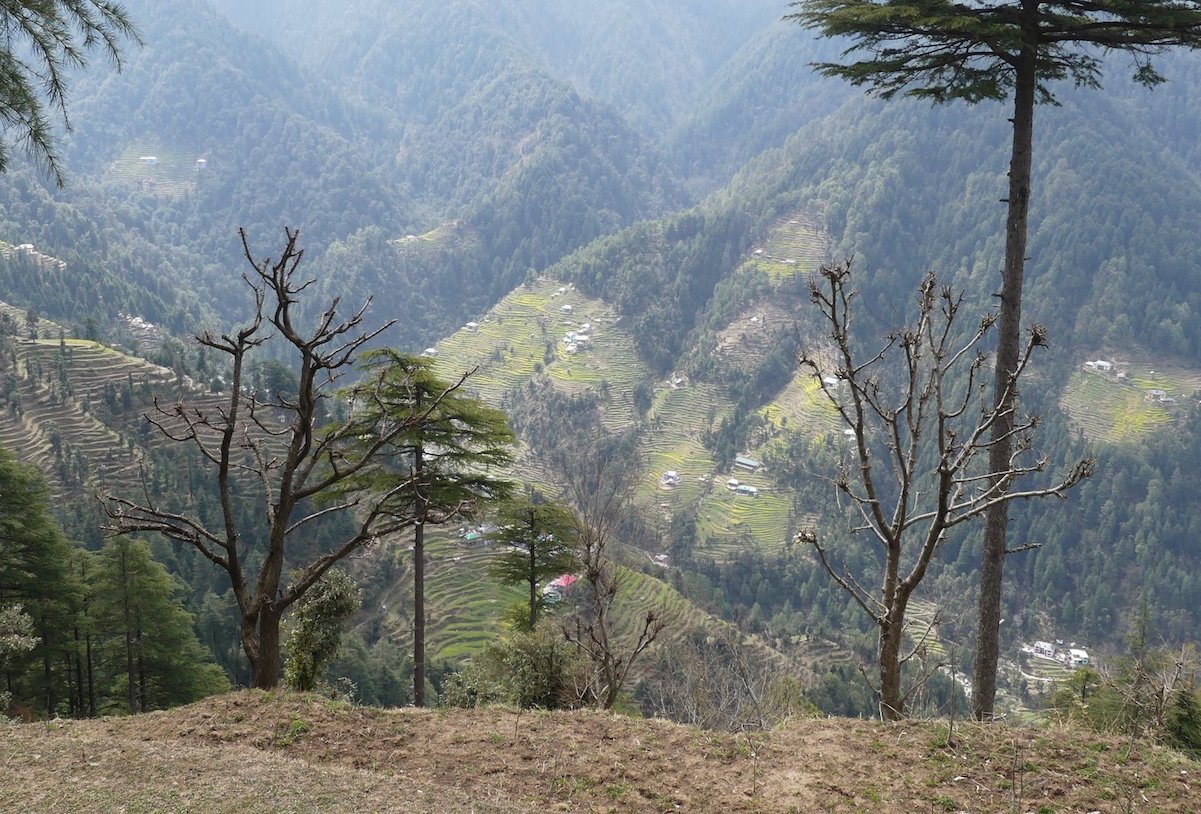 |
Building evidence for conservation globally!The Journal of Threatened Taxa (JoTT) is an open access and print, peer reviewed monthly (not including special edition, supplementary and monographs), rapid, international journal for conservation and taxonamy. JoTT is a platform for quick and timely publication of research findings, reviews and other aspects of science related to conservation and taxonomy including subject areas like ecology, behavior, physiology, methodology, veterinary, diseases, management, and models among others. JoTT encourages professional and amateur upcoming scientists from around the world to publish. The journal provides assistance and mentors first time writers, or writers of non-native English language countries in presenting science to the world.. Journal of Threatened Taxa |
 |
 |
Helping the Sacred Chamba Langur
Objectives:
|
  |
 |
Amphibian Chytrid fungus on the amphibiansAmphibians are indicators of an environment’s health. Presently, India has 370 amphibian species of which 20% are threatened with extinction. Apart from the major threats of pollution and habitat loss for amphibians in India a new threat has emerged. A deadly fungal disease- Chytridiomycosis! This disease has resulted in the extinction of more than 200 species of amphibians across the globe and has recently been discovered on eight species of endemic and threatened amphibians of India. ZOO/WILD aims to help save them by 1) Monitoring affected populations on a long term basis 2) Understand the distribution of the Chytrid fungus across India 3) Setup a National policy document 4) Establish quarantine facilities for amphibians being exported into the country 5) Setup protected areas specially for amphibians. |
 |
 |
Impact of floods on freshwater fish diversity of KeralaProject to study the impacts of the catastrophic floods on single location endemic freshwater fish species of Western Ghats. The project aims to understand their current population status (abundance and health) as well as changes to their microhabitats. This would provide us with baseline data to inform and develop appropriate habitat improvement and species conservation measures which can then be taken up by local, national and international conservation organizations and government organizations. |
 |
 |
Mitigation strategies for Human-Animal negative interactions in Western HimalayasThe valley of Chamba in western Himalaya, Himachal Pradesh is facing extensive habitat loss and degradation of forests due to the cultivation. The original forests were home to the endemic Chamba Sacred Langur, The Himalayan Black Bear, and the Himalayan Porcupine which are now restricted to isolated forest patches amongst the agriculture landscape. All the three native species are severely affected by habitat loss and movement of these species between isolated fragments results in interactions with humans. Lack of food plants and natural feed in the small fragments forces the animals to raid crops leading to negative human-wildlife interactions. This project aims to develop strategies to mitigate these problems by working closely with the local communities in raising awareness and building cooperative corridors for wildlife movement. |
  |

